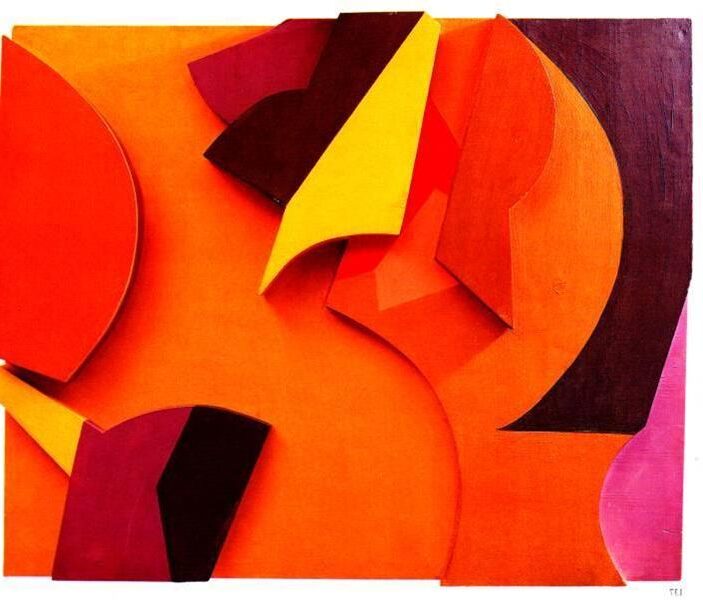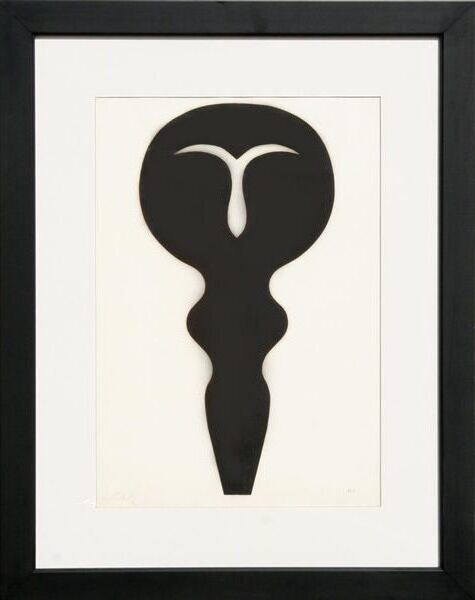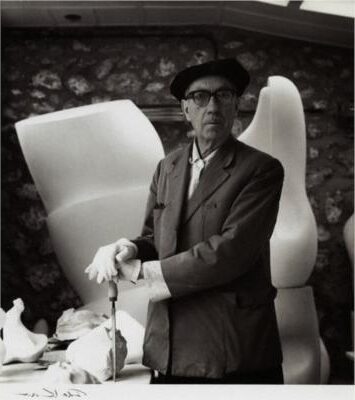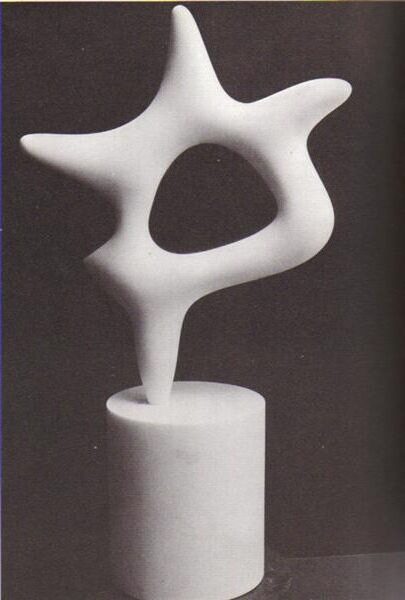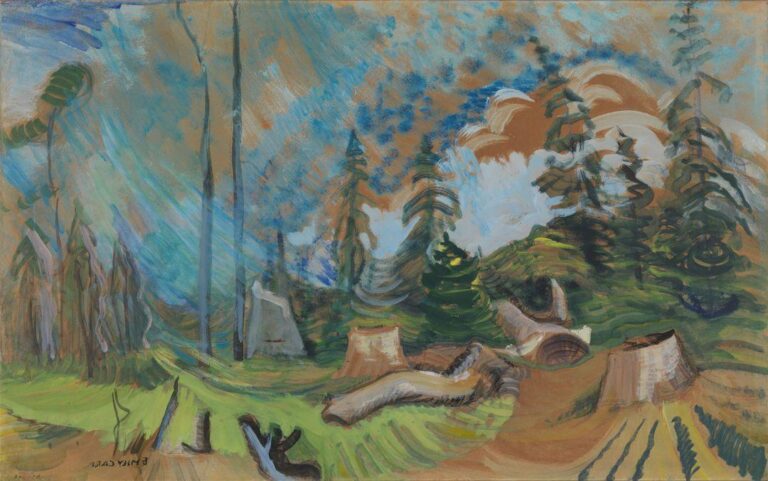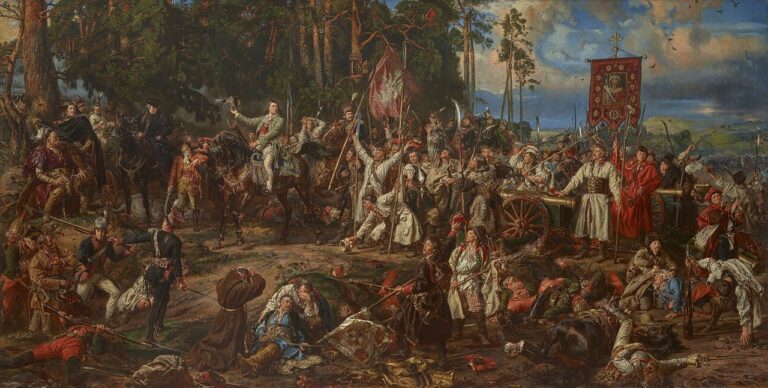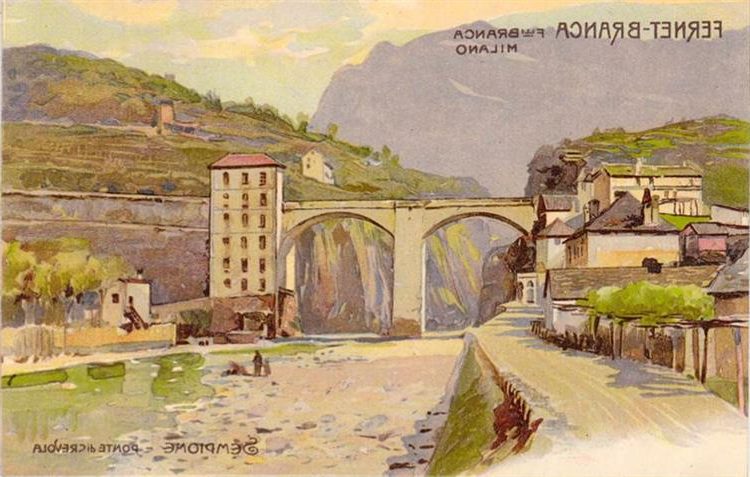ARP Drawing: Techniques and Best Practices
Born: 16 September 1886 Strasbourg, Germany
Death: 7 June 1966 Basel, Switzerland
Art Movement: Abstract Art, Dada, Surrealism
Nationality: German
Institution: Académie Julian, Paris
ARP Drawing: Techniques and Best Practices
Jean Arp’s Drawing Influence in Modern Art
Jean Arp drawings played a significant role in shaping modern art through various movements. His participation in Dada and Surrealism set the groundwork for innovative artistic expressions. He then moved towards Abstraction-Création, further influencing artistic styles with his unique approach. His collaborations pushed the boundaries of traditional art forms.
Foundations in Dada and Surrealism
Jean Arp was a key figure in the foundation of the Dada movement, which began around 1916 in Zurich. This movement embraced absurdity and rejected conventional aesthetics. Arp’s contributions to Dada included unique collages and sculptures, which explored chance as a creative process.
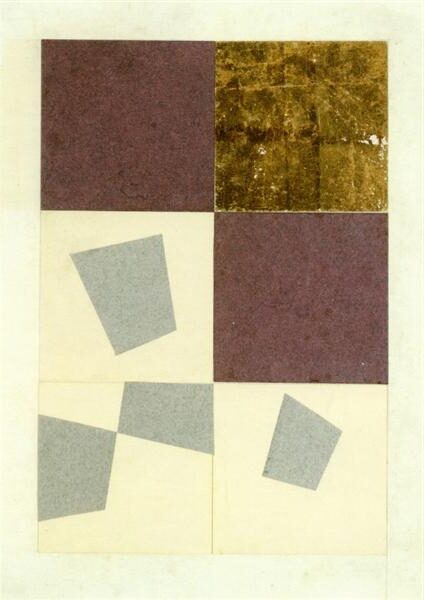
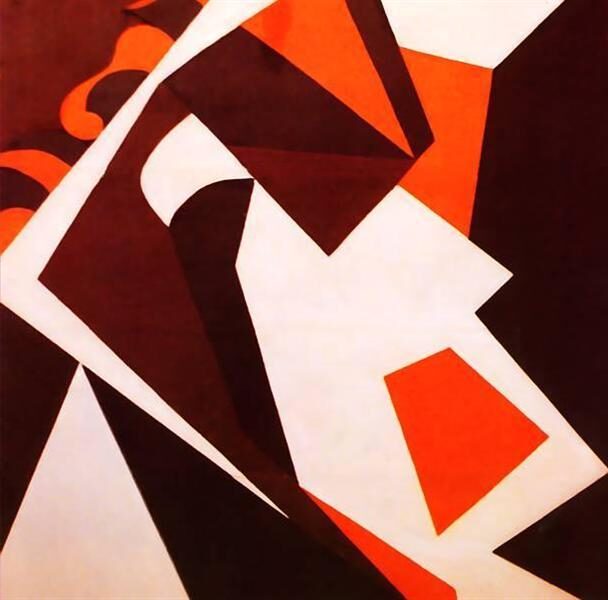
He also engaged with the Surrealists, influenced by their focus on the unconscious mind. Arp’s work during this period reflected a playful and experimental approach, using organic shapes and automatic drawing. This laid the groundwork for future artists, inspiring them to explore spontaneity and creativity free from restrictions.
Transition to Abstraction-Création
Arp Drawing transitioned to the Abstraction-Création movement in the 1930s. This group promoted abstract art as a response to the figurative forms dominant at the time. Arp’s abstract sculptures and reliefs became famous for their biomorphic shapes and smooth forms.
These works broke away from traditional representation and encouraged viewers to engage with art in new ways. His emphasis on curvilinear shapes and simplicity influenced many artists in the broader field of modern and abstract art.
ARP Drawing Collaboration with Other Artists
Throughout his career, Jean Arp collaborated with numerous influential artists. These collaborations often resulted in innovative artistic creations that combined multiple styles. For instance, he worked with Wassily Kandinsky and others from the Der Blaue Reiter group.
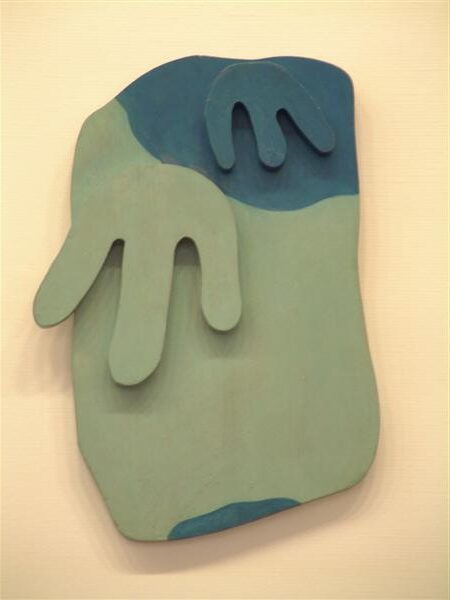
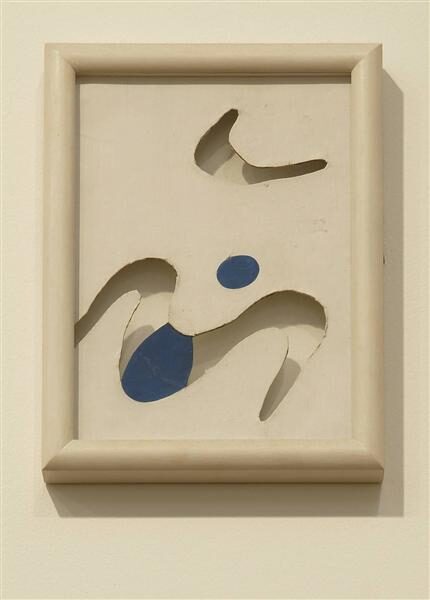
Such collaborations broadened his perspective, allowing him to incorporate diverse influences into his art. His exchange of ideas with other artists helped further the evolution of modern art, showcasing the fluid nature of artistic expressions during the 20th century.
Artistic Techniques and Styles
Jean Arp’s approach to art was characterized by innovative techniques and styles. His work with automatic drawing, organic forms, and abstract compositions distinguished him in the art world.
Chance and Automatic Drawing
Jean Arp drawing was deeply involved in the practice of automatic drawing, a technique where an artist allows the subconscious to guide their hand without a preconceived plan. This method embraced chance, which Arp often incorporated into his work by letting random elements dictate the final outcome.
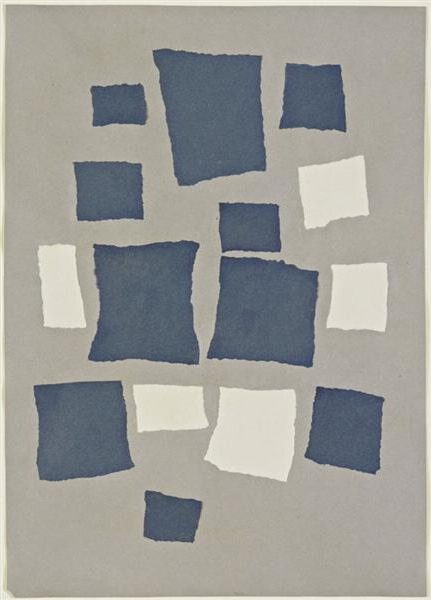
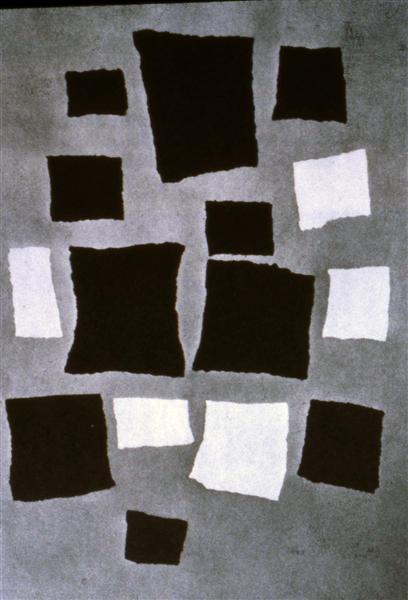
Automatic drawing was a central part of Arp’s artistic career, laying the foundation for many of his abstract pieces. By using black ink and other mediums, Arp allowed his artwork to reflect spontaneity. The result was creations that seemed to emerge naturally, unshaped by conscious decisions, embodying the essence of the Dada movement.
Organic Style and Biomorphic Sculptures
Arp’s work often incorporated an organic style, characterized by biomorphic sculptures that mirrored natural forms. These sculptures featured free flowing forms and emphasized curvaceous, organic shapes. Rather than using rigid or geometric structures, Arp preferred elements that seemed to evolve naturally.
His sculptures are known for their smooth, undulating lines and soft edges, creating a sense of fluidity and movement. This practice reflected his belief in art that was connected to nature. By focusing on organic forms, Arp’s work promoted a sense of harmony and balance, often seen as a natural extension of his artistic ideology.
Color and Abstract Composition
Arp’s exploration of color and abstract composition highlighted his innovative spirit. He utilized color not just as decoration, but as an integral aspect of the composition. His pieces often included vibrant shades, which interacted with each other to create dynamic effects.
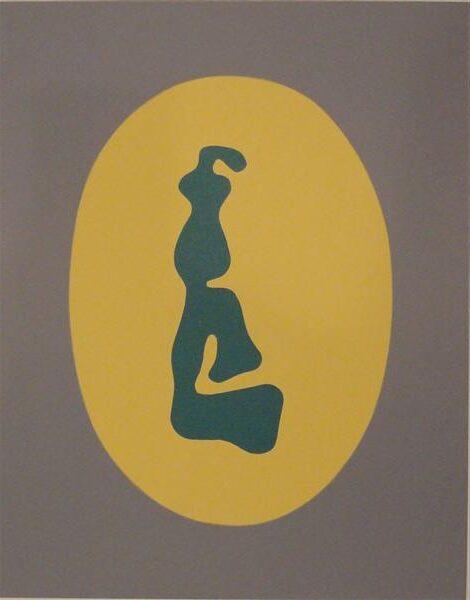
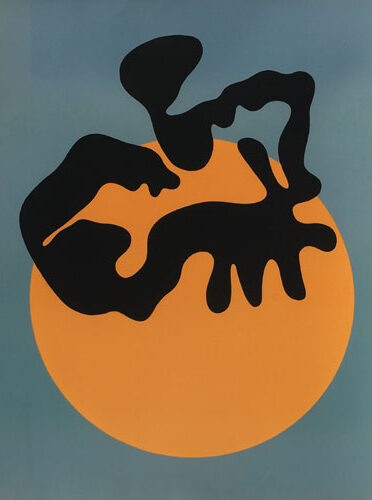
In “Constellation According to the Laws of Chance,” Arp intertwined color with form, shaping works that were both visually striking and deeply conceptual. His use of brush techniques in abstract compositions added depth and texture, which further enriched his artistic creations. Arp’s exploration of color and form remains influential in the landscape of modern art.
Legacy and Recognition
Jean Arp, a key figure in abstract and surrealist art, has left a profound impact on both past and contemporary art spheres. His contributions to poetry and sculpture are widely recognized, drawing attention at prestigious art venues and influencing many modern artists.
Exhibitions at Major Institutions
Jean Arp’s works have been featured in many renowned institutions worldwide. The Museum of Modern Art in New York houses a significant collection of his works, highlighting his versatility in poetry, painting, and sculpture. His presence in exhibitions such as the Venice Biennale and other major galleries like Abstraction-Création and Cercle et Carré demonstrate his lasting impact on the international art scene.


Numerous pieces, such as his collaborations with artists like Joan Miró, are displayed in these venues. The exhibitions focus on not only showcasing Arp’s artistic mastery but also interpreting his fascination with the subconscious and abstraction. They continue to draw critical acclaim and public interest, underscoring his enduring legacy.
Influence on Contemporary Art
Arp’s influence extends far beyond his lifetime, shaping the approaches of contemporary artists. His exploration of chance and subconscious processes resonates with modern creators experimenting with new artistic forms. Arp’s methods, specifically in surrealist and abstract art, serve as inspiration for innovative styles in today’s art landscape.
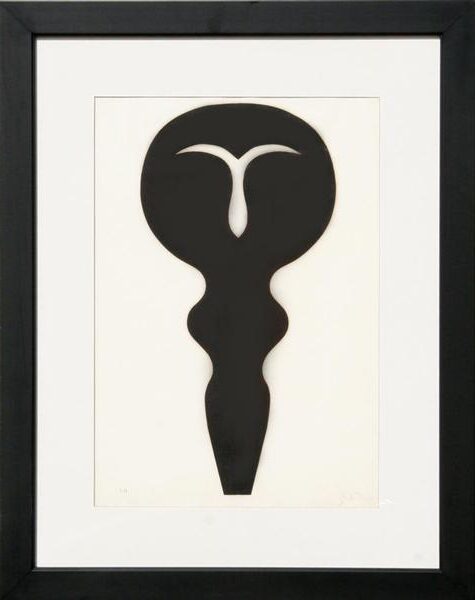
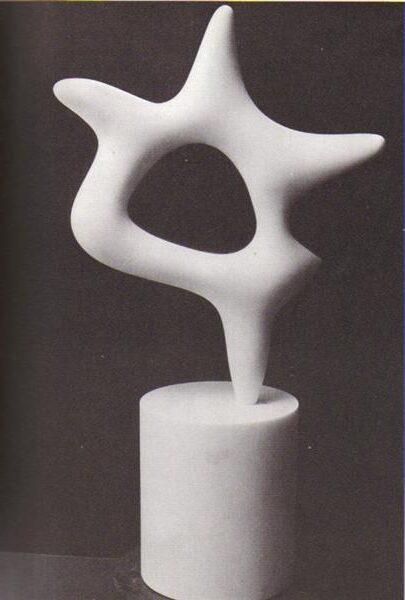
Famous works like “The Star” and his technique of automatic drawing continue to be studied and interpreted by artists and scholars. His collaborations and interactions with eminent figures such as his wife, Sophie Taeuber, further paved the way for subsequent art movements. Arp’s legacy is visible in the ongoing evolution of contemporary art techniques and interpretations.
Copyright and Artists’ Rights
Jean Arp’s artistic creations are protected and managed under modern copyright laws. Organizations such as the Artists Rights Society ensure that his works are defended against unauthorized use, safeguarding his legacy. This ensures that any exhibitions or reproductions of Arp’s pieces are conducted lawfully, respecting his original contributions.
The management of his rights ensures that his descendants and related institutions receive due credit and benefits. By protecting his body of work through copyright, Arp’s influence can continue to be acknowledged and preserved in the art world. This careful management supports ongoing appreciation, study, and exhibition of his works for future generations.
Arp’s Personal and Artistic Background
Jean Arp, also known as Hans Arp, is widely recognized for his work in the art movements of the early 20th century. His artistic journey is intricately tied to his early life, connections, and influences from other notable artists.
Early Years and Education
Jean Arp Drawing was born in Strasbourg in 1886. Growing up in a culturally rich environment at the border of Germany and France, he was exposed to diverse artistic influences. After beginning his art education in his hometown, Arp continued his studies at the prestigious Académie Julian in Paris.
His time in Paris exposed him to various artistic styles and movements. Arp’s experience at the Académie Julian played a pivotal role. There, he became immersed in modern art’s evolving landscape, which expanded his perspectives and techniques. His interest in both drawing and sculpture began to develop during these formative years, setting the stage for his future contributions to the art world.
Relationships and Artistic Influences
Throughout his life, Arp formed significant relationships with influential artists. In Munich, he interacted with Wassily Kandinsky and was briefly involved with the Blue Rider group. These interactions enriched his artistic style and helped him embrace abstract and experimental forms.
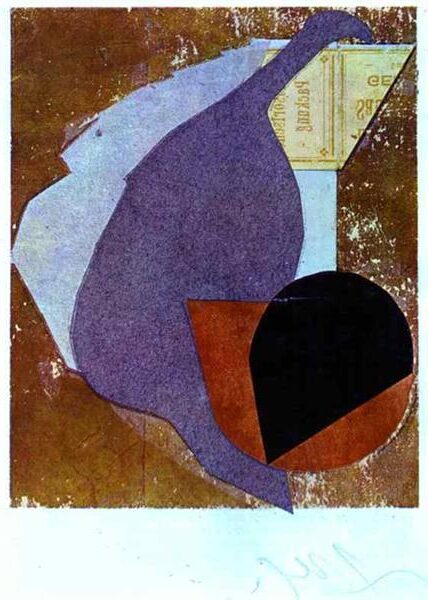
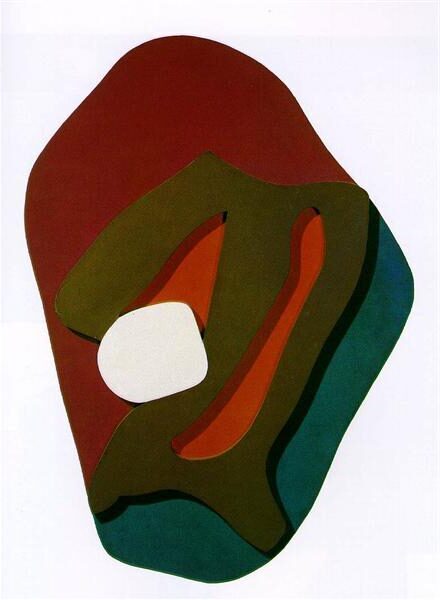
In Paris, Arp’s circle included luminaries like Modigliani, Picasso, and Robert Delaunay. He also met Sophie Taeuber, who later became his wife and artistic collaborator. Their partnership sparked innovative work that challenged conventional art boundaries. These relationships and interactions with other avant-garde artists were crucial in shaping Arp’s artistic direction and output.
Frequently Asked Questions
Jean Arp drawing style is characterized by abstract forms and techniques related to chance and randomness. This section explores simple exercises, approaches for beginners, and unique techniques to help artists capture his essence.
What are some simple drawing exercises to emulate Jean Arp’s style?
Novices can start by creating random shapes and patterns that flow organically. Using a method similar to Arp’s chance collage, artists might cut out various shapes and arrange them without a predetermined plan.
How can novice artists approach drawing in the style of Jean Arp Drawing?
Beginners can experiment with automatic drawing, which involves letting the hand move freely on the paper. This technique helps in achieving the abstract and fluid quality seen in Arp’s work.
Can you recommend techniques to capture the essence of Arp’s drawings?
Using smooth, continuous lines and creating compositions without rigid boundaries can emulate Arp’s drawings. Artists might focus on the balance between positive and negative space to reflect his abstract approach.
What are some child-friendly drawing activities inspired by Jean Arp’s work?
Children can enjoy making art based on randomness by creating collages from cut-out shapes. Encouraging play with form and color aligns with Arp’s techniques and is suitable for younger audiences.
How does one incorporate Arp’s abstract techniques into gun-related artwork?
An artist might explore abstract shapes and patterns inspired by Arp to contrast or complement the themes of gun-related art. This could involve blending the mechanical with the organic through abstract design.
What are the key characteristics of Jean Arp’s drawing method?
Arp drawing methods includes spontaneity, abstract shapes, and a harmonious use of positive and negative space. His work often moves away from realistic depiction. Instead, he focuses on rhythm and form through simple and fluid lines.

